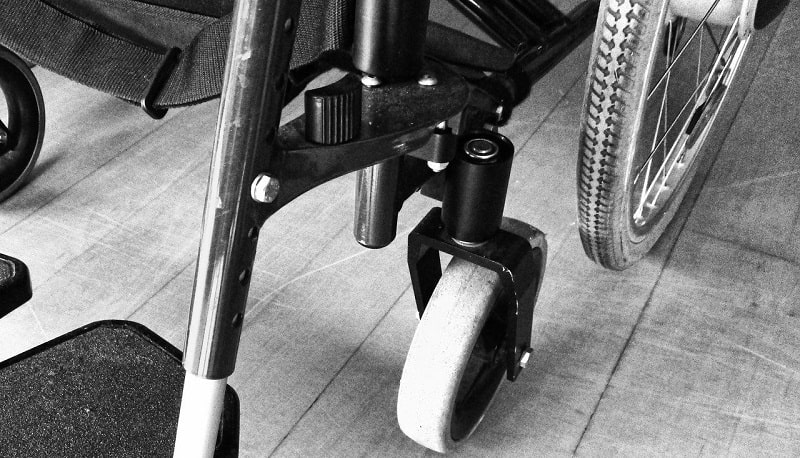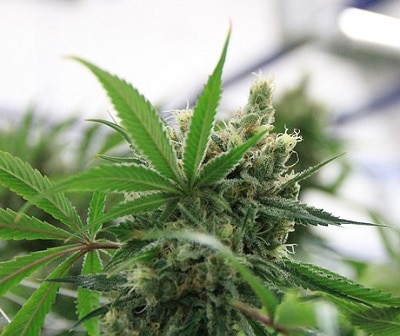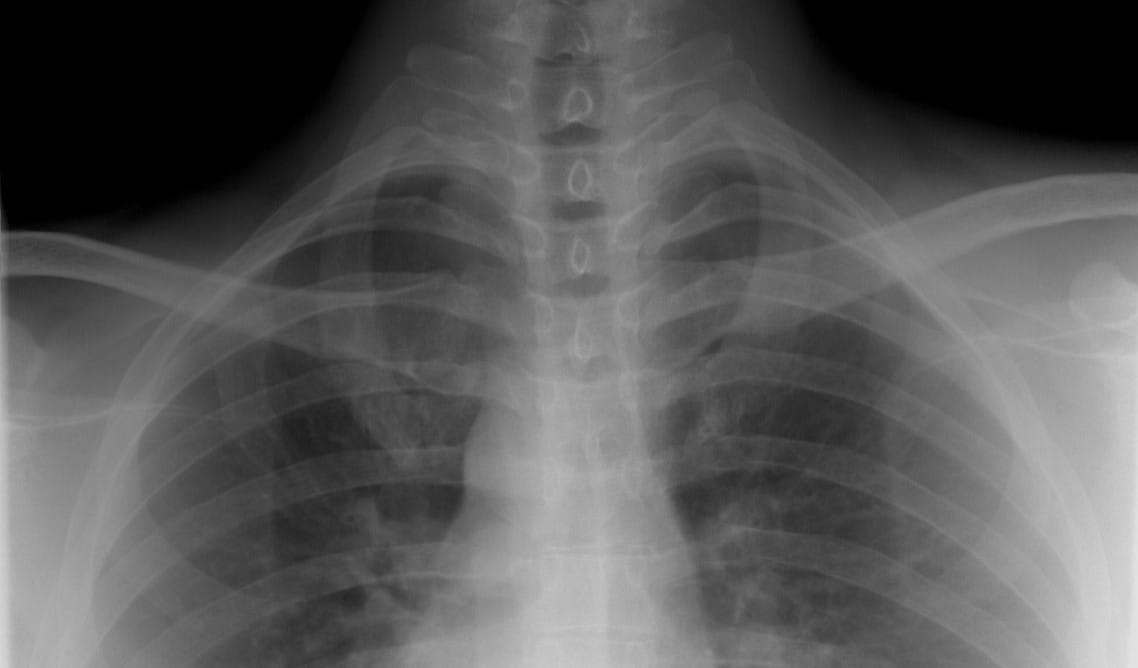How Medical Marijuana Can Aid Patients with Spinal Cord Injuries
The unthinkable happens. You had a serious accident. One of the primary injuries is to your spinal cord. Visions of never being able to walk or move again, float through your mind. The doctors try to be reassuring. You aren’t convinced.
Being diagnosed with a spinal cord injury can be daunting. In the past, it invariably meant a life limited to a wheelchair or a bed. With modern technology, more can be done to help patients enjoy fuller and happier lives. New and experimental treatments, including CBD for nerve regeneration and cannabis for muscle spasms, have greatly improved treating symptoms and the healing process.
Living With a Spinal Cord Injury
 A spinal cord injury is any damage to the vertebrae, ligaments, or discs of the spinal column, or to the cord itself. A hard hit, gunshot wound, or knife laceration that penetrates or cuts the cord can cause severe injury. Often, the damage occurs due to a traumatic blow to the back that fractures, dislocates, crushes, bursts, or compresses one or more of the vertebrae. Overextending the back too far one way or the other can also cause harm to the spinal column. The most common causes of spinal cord injuries are traumatic accidents. These include car accidents, falls, diving incidences, violence, and sports.
A spinal cord injury is any damage to the vertebrae, ligaments, or discs of the spinal column, or to the cord itself. A hard hit, gunshot wound, or knife laceration that penetrates or cuts the cord can cause severe injury. Often, the damage occurs due to a traumatic blow to the back that fractures, dislocates, crushes, bursts, or compresses one or more of the vertebrae. Overextending the back too far one way or the other can also cause harm to the spinal column. The most common causes of spinal cord injuries are traumatic accidents. These include car accidents, falls, diving incidences, violence, and sports.
After the initial injury, bleeding, swelling, inflammation, or fluid in and around the wounded area can cause further impairment. Non-traumatic causes of spinal cord injury include inflammation, arthritis, infections, disc degeneration, or cancer.
Types and Levels of Spinal Cord Injury
The two main types of spinal cord injuries are complete and incomplete.
Complete spinal cord damage causes loss of all sensory feelings and the ability to control body movements below the wounded area.
Incomplete spinal cord damage is the loss of some sensory perceptions and motor functions below the injury. Depending on the location and seriousness, an incomplete injury can cause varying degrees of impairment throughout the body.
Damage to the spinal cord often causes some level of paralysis. There are two main types of paralysis. Tetraplegia, also known as quadriplegia, affects a person’s arms, hands, trunk, legs, and pelvic organs. Paraplegia is paralysis in all or some of the torso, legs, and pelvic region.
Treatment for Spinal Cord Injury
At this time, there is no way to reverse severe damage to the spinal cord. The first course of action with spinal cord injury is to immobilize the torso to prevent any further damage. Back and neck braces are often used during recovery and as a means to continually help stabilize the spine. Surgery may also be used to remove any bone fragments or foreign objects or to repair herniated discs or fractured vertebrae compressing the spine.
The best treatment is a team approach. Individuals with spinal cord injuries often remain in hospitals and rehabilitation centers for extended periods. The care providers involved may include medical doctors, physiatrists, rehabilitation nurses, physical and occupational therapists, rehabilitation psychiatrists, dieticians, recreation therapists, and social workers. Ongoing care helps to prevent any secondary problems. Sitting or lying in one position may cause pressure ulcers and blood clots, bowel & bladder issues, respiratory infections, and muscle weakness.
There are no FDA approved medications specifically for the treatment of spinal cord injuries. Prescription drugs are used to alleviate symptoms. Depending on the location and extent of the damage, individuals may experience pain, muscle spasms, bowel and bladder control issues, and sexual dysfunction.
Experimental treatments are another option used to alleviate symptoms and improve recovery. According to the American Academy of Neurology, a new treatment involves lowering the individual’s body temperature (causing hypothermia) for 24 to 48 hours to prevent damaging inflammation. Other promising therapies include cannabinoids for nerve regeneration and preventing cell death. Also, CBD for nerve regeneration to reduce harmful inflammation throughout the body, and cannabis for muscle spasms.

Using Medical Marijuana and CBD for Relief
A holistic approach as an alternative or addition to prescription drugs is the use of cannabinoids. These are the chemical compounds found in the cannabis plant. The two most commonly used resins from the plant are marijuana and CBD. Marijuana is the part of the plant that contains THC (Tetrahydrocannabinol) and causes the user to feel “high.” CBD is the non-psychoactive component of the plant. Both substances have been used for centuries for healing and relieving symptoms for a wide variety of diseases, illnesses, and injuries.
Cannabinoids for nerve regeneration is a promising treatment for diseases and conditions that cause nerve damage. With no psychoactive properties, many people choose to use CBD products over marijuana. CBD for nerve regeneration can ease the pain and reduce inflammation, helping to speed a nerve’s healing process.
 A common complication of spinal cord injury is muscle spasms, especially in the back. Muscle spasm can be a result of the injury itself or being in a sustained sitting or lying down position for an extended time. Using marijuana for back spasms can help ease the duration and pain associated with the contractions.
A common complication of spinal cord injury is muscle spasms, especially in the back. Muscle spasm can be a result of the injury itself or being in a sustained sitting or lying down position for an extended time. Using marijuana for back spasms can help ease the duration and pain associated with the contractions.
CBD oil for spinal cord injury can help ease many symptoms of the disorder. Properties in the oil help both the mental and physical side-effects of damage to the spinal cord. These include relieving pain, inflammation, muscle spasms, anxiety, and sleep issues.
You can get cannabis for your spinal cord injury with a medical marijuana card prescribed by a qualified physician. The marijuana must be picked up from a licensed dispensary and used as prescribed.
Cannabis is a viable holistic addition to medical treatment for a spinal cord injury. Its many qualities, including cannabinoids for nerve regeneration and marijuana for back spasms, can assist in the overall recovery of both the mind and body as the damage to the spinal cord heals.






